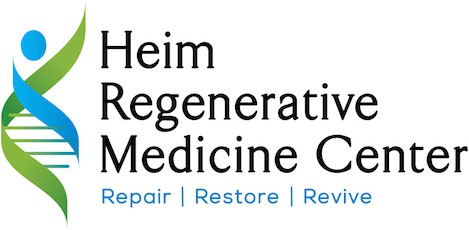These days, there is an overwhelming amount of information out there on what a healthy diet should include. Low carb, keto, fasting, grain free, gluten free etc etc etc. One approach you can’t go wrong with in my opinion is to steer towards a Mediterranean diet pattern.
Mediterranean diet pattern
A Mediterranean diet pattern includes high intake of fruits, vegetables, legumes, unrefined whole grains and healthy fats such as avocado, olive oil, nuts and seeds. Moderate to high intake of fish, moderate intake of fermented dairy such as cheese and yogurt and moderate intake of wine.
The Mediterranean diet is rich in omega 3 fatty acids from marine sources as well as plants. It is important to get some of your omega 3s from marine sources due to the high levels of DHA and EPA which plants are poor sources of and which, by themselves, EPA and DHA have been shown to reduce the rates of all causes of mortality when consumed regularly. They are particularly important in brain protection and inflammation modulation.
This type of a diet pattern has been shown to reduce all causes of mortality including cardiovascular disease such as heart disease and strokes, dementia, obesity, diabetes and depression. It has also shown to reduce biomarkers that are associated with disease, particularly those associated with inflammation. Emerging research suggests that inflammation is likely the number one cause of accelerated aging and disease.
Finally, this dietary pattern is rich in fiber which encourages a healthy gut microbiome. Gut health is extremely important for overall health and longevity. The average American only consumes around 10 grams a day, whereas recommendations are more along the lines of 30 grams a day. It is important to consume diverse sources of fiber as opposed to just taking a bunch of fiber supplements such as Metamucil. Fiber encourages good bacteria to flourish which improves gut health and certain fibers encourage certain bacteria but not others. Aim to get fiber from various sources like fruits, vegetables, legumes, and unrefined whole grains.
Vegetables are probably the most important food group to include in your diet. Including them not only provides a rich and diverse source of fiber but also provides a vast array of micronutrients, minerals and phytochemicals that promote health and reduce disease. Focus on getting greens on a daily basis and then rotate cruciferous vegetables such as broccoli, cauliflower, kale, and Brussel sprouts as well as colorful vegetables like carrots. Eating seasonally is a good way to ensure you are getting a good variety of fruits and vegetables.
What the research suggests is that you can’t go wrong when you strive to eat a variety of real food and avoid processed, packaged, and high-sugar foods, particularly in a Mediterranean food pattern.
Conditions: These are the top injuries we treat in order.
- Knee pain, injury, arthritis
- Rotator cuff injuries
- Back pain
- Golfer’s and tennis elbow
- Plantar fasciitis.
- Neck pain


No Comments